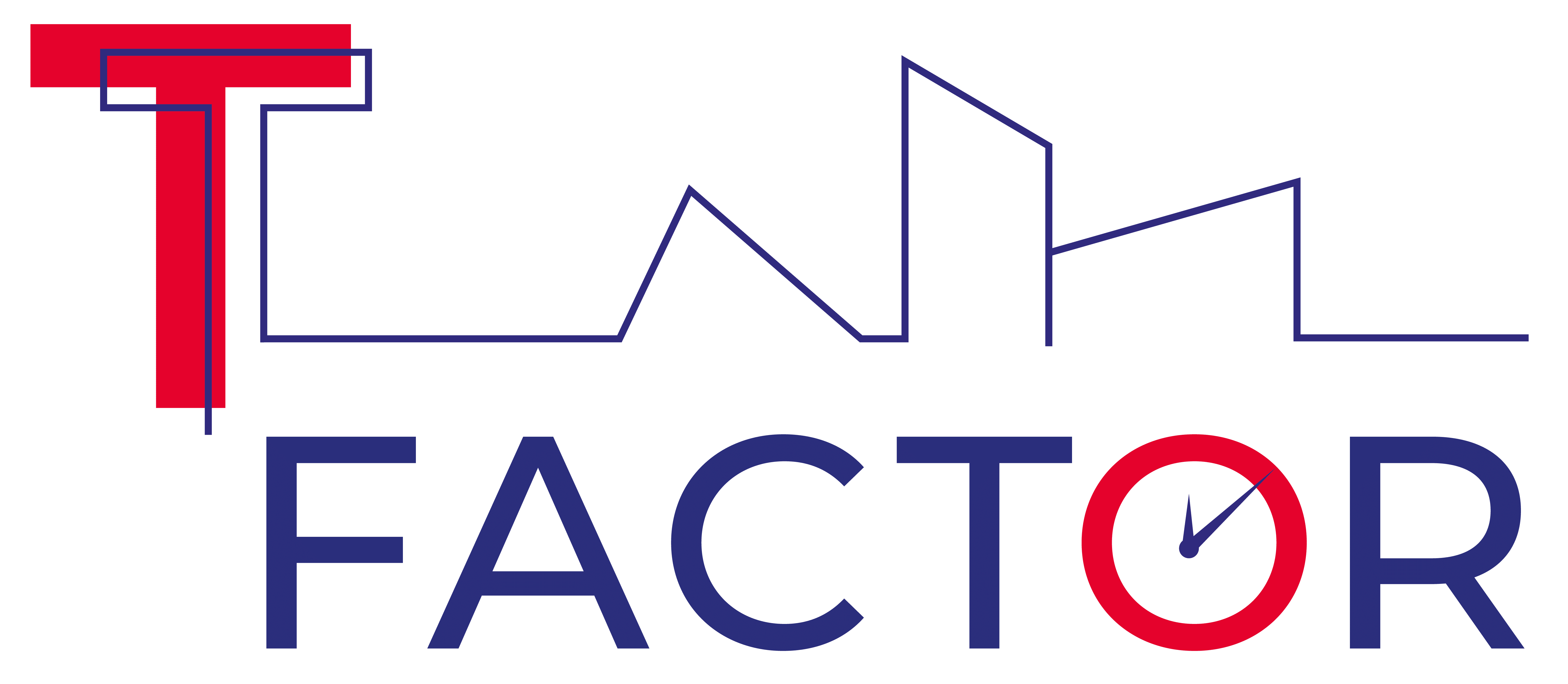Building Local Innovation Ecosystems – A Case Study Report for Zorrotzaurre, Bilbao
Authors: Alejandra Castro, Nicole Panitz and Eva Wascher (TU Dortmund University)
This report is the result of a T-Lab activity within T-Lab 6 – Social Innovation and Social Inclusion, led by partners from TU Dortmund University, Germany. It presents an explorative case study collection about collaborative governance models for district management. The aim of the report is to foster a critical discussion about possible outlines of a collaborative governance model for Zorrotzaurre, Bilbao—one of the pilot sites of the T-Factor project. Work has been carried out in cooperation with T-Factor’s Local Coalition in Bilbao.

The role of collaborative governance in district management
Many cities all over the world have established collaborative district and neighbourhood management models with a large variety in organisational and legal models as well as the missions and inclusiveness of actors involved. In essence, collaborative governance supports the cooperation of different actors from public bodies, research, business and civil society, so that at best, new communities of shared responsibilities can be defined and joint action can be agreed on to tackle problems and to solve them locally on the level of the neighbourhood. Collaborative governance arrangements in urban development touch upon topics such as co-production, governance mechanisms for stakeholder coordination, district management & joint urban planning.
Zorrotzaurre is currently the largest urban regeneration project in Bilbao. The regeneration, led by the Bilbao City Council, will convert a semi-abandoned and decaying industrial area into a new mixed-used 24/7 business district that will have an impact on the entire city. Thanks to the strong legacy of temporary uses in Zorrotzaurre and the long-standing involvement of several agents, the pilot shows many opportunities for the implementation of T-Factor. There are however many challenges that T-Factor will encounter, many of these related to the current urban decay and isolation of Zorrotzaurre as well as the need to build a strong urban ecosystem for the future of this area. Nevertheless, T-Factor may contribute to addressing many of the current challenges in Zorrotzaurre, especially those related to the promotion of economic activity, collaboration between actors, and scaling-up of existing initiatives.
The aim of the report is to foster a critical discussion about possible outlines of a collaborative governance model for the island and district of Zorrotzaurre. This will contribute to building a strong urban ecosystem in Zorrotzaurre and to strengthen collaboration between its many different actors.





KEY LEARNINGS
- Case selection focuses on central European Cities’ neighbourhoods, including three cases from Spain, four from Germany, and one case each from the United Kingdom, Denmark and Sweden.
- The ten cases cover a broad variety of organisational and legal models for district management. The spectrum ranges from models based on the Business Improvement District (BID) concept to non-profit cooperatives and network models. The cases also vary in terms of mission, tasks and activities.
- Collaborative governance models for district management are able to provide a (more or less) formalised organisational model for long-term cooperation between many different actors with the aim of place-making at a specific site in the city.
- The legal statute, terms of references or articles of association of these models determine to a great extent the purpose, tasks, participation, decision-making procedures and funding structures of the organisation. Structures can be developed that put collaboration as a defining principle in all these dimensions (purpose, tasks, participation, decision-making procedures and funding).
- As one idea for Zorrotzaurre the collaborative governance model could be framed as a Sustainable Innovation District, connecting the governance model with the innovation model of the island.

